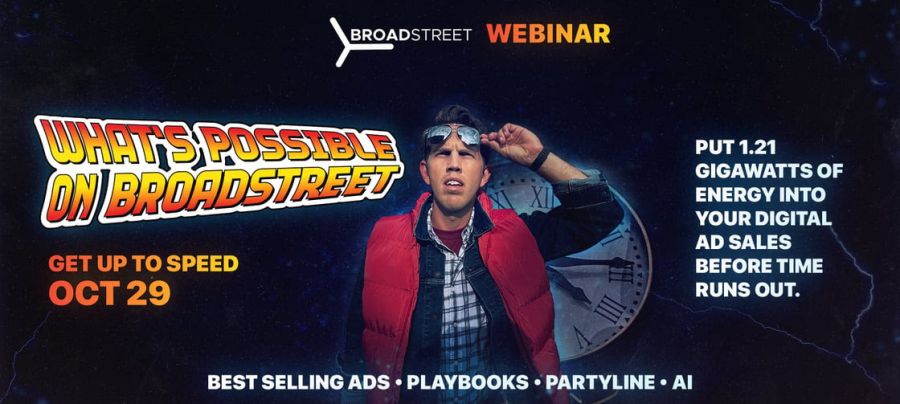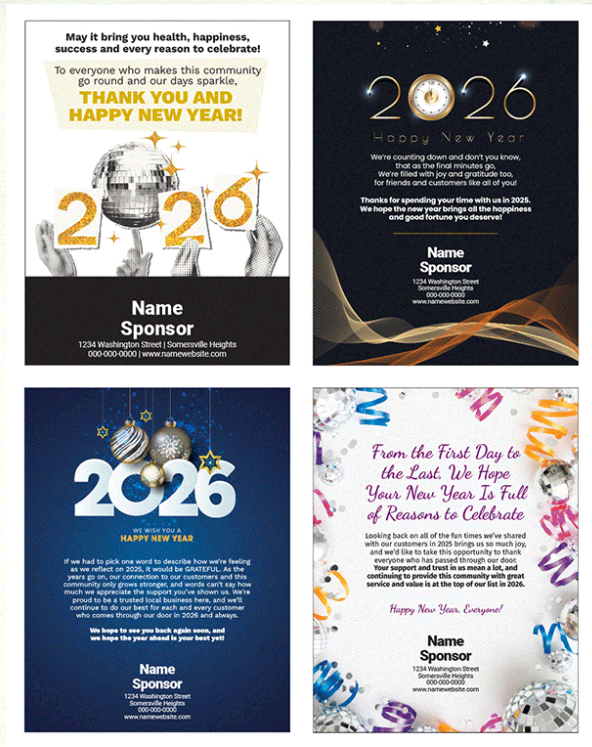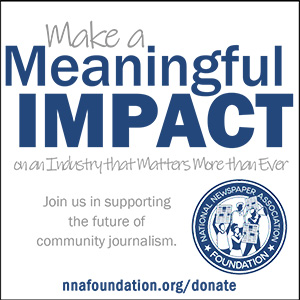It’s a bird… it’s a plane… it’s… content marketing!
Tom Silvestri
Nov 9, 2020


Before the Great Recession, fascinating stories that drew interest in Main Street businesses, the largest employers and mom-and-pop enterprises were written by the local newspaper.
The business news staff was large enough to fill pages with developments, profiles, features and updates about companies, entrepreneurs and all sorts of drivers of the local economy.
In turn, business operators knew a favorable local story was a gift from Heaven as it raised brand visibility, boosted employee morale, and even resulted in new sales from curious readers.
It was akin to receiving the seal of approval from the community.
Heck, the businesses didn’t even have to advertise. (It was OK if they did!)
A local story was all they needed.
Those were the days.
Now, business news staffs have been cut back, some wiped out; too many newspapers don’t even have a local business beat.
Hungry for attention, companies and local proprietors are encouraged to buy an ad. Sorry, no more “free publicity.”
Little by little, newspapers started to expand beyond print advertorials into a revenue concept called native advertising. Later, it was called sponsored content, especially when it appeared on the newspaper’s website.
In this arrangement, a business or organization paid for an article, an “ask the experts” piece, a page of agreed-upon content or a section about an industry or service. The newspaper was supposed to apply a label so readers knew it wasn’t “news.” Paid content could appear in print, online, or both.
Remember this ditty:
You can call it native advertising.
You can call it sponsored content.
And you call it branded content.
But just so you don’t call it a story from the newsroom.
We’ll pause now for an important update.
Branded content is now big business, championed by an initiative called, what else, The Branded Content Project.
On Oct. 27, the project announced a new umbrella term for getting paid to write stories and distribute information about commercial clients:
Content Marketing.
The Branded Content Project also did the newspaper industry a big favor by putting the latest trends, forecasts and spending estimates in a comprehensive report. “Sizing The Content Marketing Opportunity” targets a “conservative” $63.3 billion in spending this year.
Compiling the data was Borrell Associates Inc., in collaboration with The Branded Content Project, Local Media Consortium, Local Media Association and Facebook Journalism Project.
You can read an E&P summary here.
Newspapers scratching for revenue should examine these important trends and its ramifications to tap into clients’ marketing budgets, which unlike advertising spending are expected to increase next year.
The report nicely notes the “16 key business categories (out of 100 total) to be the biggest spenders.” Health and medical businesses, financial and banking institutions, universities, museums and child-care services dominate the list.
“All are thirsty to educate potential customers and use their content-rich businesses to achieve what is at the crux of any Content Marketing starting,” the report added. “Attention, and being seen as an expert in the field.”
Borrell and The Branded Content Project rank the business categories with grades that range from an A — most likely to use content marketing — to an F — least likely. The report also presents two pages of charts listing Content Marketing expenditures by business type.
As my grandfather the hunter might have said, even a blind squirrel could find a few tasty acorns here.
This is not a print play. The report asserts the big dollars for Content Marketing are spent on digital, which in 2020 commands about a 66% share of all content marketing dollars and even tops newspapers when all media are ranked by revenue shares.
“It should be no surprise that digital platforms are the biggest market. Their flexibility across multiple formats (digital, audio, text, etc.) and their interactivity are attractive to buyers,” the report stated. “But the real driving force is digital’s ability to ‘go deep’ on content without added expense of buying more airtime or print space. Digitally placed Content Marketing accounts for two-thirds of all spending. The next-largest media categories are television and direct mail.”
To read the full report click here.
When it comes to Content Marketing, there’s a lot going on.
Branded content is turning up this year in industry conferences about revenue growth. Other recent programs by media associations have featured initiatives where separate websites or brands were created to handle this type of content. One is FWD>DFW, “a forum that connects companies, causes and the community to issues that impact short- and long-term economic advancement of North Texas.”
The Branded Content Project report doesn’t detail tactics on what’s the best way to display paid-for stories but stay close to this initiative for the full lessons.
My advice to newspapers: When in doubt, go overboard on transparency to continue separating or distinguishing journalism from paid-source material.
Rest assured this step won’t prevent you from cashing in on the big money from marketers who benefit from being in front of newspapers’ readers with disposable income to spend.
Inspiration can be found in plenty of places in the report. If you need an additional call to action, here it is:
“Competition aside, (local media companies would) be well advised to join this movement. Their expertise in storytelling and mastery of media distribution represents a strategic competitive advantage over the boutique content shops that have sprouted across the country.
Thank you, Branded Content Project and Borrell Associates, for making the Relevant Point.
Newspapers and press associations, go forth and sell.
Tom Silvestri, most recently president and publisher of the Richmond (Virginia) Times-Dispatch, is the executive director of the Relevance Project, the joint effort of the Newspaper Association Managers strengthen the industry’s unique role as the provider of quality journalism and the keeper of public forums for thousands of communities across the continent. NAM is a group of state, regional and national press associations across the U.S. and Canada.










